The Adventures of Nihu
Omoruyi Uwuigiaren
First Published by Bouncing Ball Books Inc. (2008)
ISBN 9781934138151
Reviewed by Regan Zaborowski (age 8) for Reader Views (7/08)
Exciting and Sometimes Scary.
This long book takes place in a jungle and is about a boy named Nihu that lived in a small village. One day Nihu is out hunting, and his uncle was killed by an arrow that a robber took after Nihu shot it. Everybody thought Nihu killed his uncle, so he was told not to come back to the village. He went to the jungle to live, and met Old Phil. They got to be friends, but Old Phil died. Nihu met many creatures when he was in the jungle. Some were friendly, but some were mean and scary. He finally tries to find his way out of the jungle and falls through a crack in the earth. A very mean creature takes him and puts him inside a stone, with some other prisoners. We don’t find out until the very end if he ever escapes.
This was a long book, and it was hard for me to read by myself. There were a lot of big words, and some parts were hard for me to understand. It was exciting, and sometimes scary. The different creatures that Nihu met were very strange, and some wanted to kill him. But some of the creatures that were the scariest turned out to be nice, so I liked that. The ending was good, too. The words that the writer used made it feel like you were in the middle of the jungle with Nihu. I could picture in my mind what the jungle looked like - very scary, and a place I would not like to visit. I could understand how Nihu felt. I kind of liked this book, because my mom helped me with the parts I didn’t understand. It would be better for someone a few years older than me that could read it without help. Boys and girls that like exciting books would like “The Adventures of Nihu.”
Find original article at www.readerviewskids.com
Something For The Teenagers
Author: Omoruyi Uwuigiaren
Bouncing Ball Books
By Jumoke Verissimo
Many adventure stories are built on a world of when bad-happens, good conquers. In Omoruyi Uwuigiaren's The Adventures of Nihu, the same
path is followed. This novel for teenagers narrates the story of Nihu, a teenage boy, who is falsely accused of a crime and then banished into the dense forest, where great hunters dare not enter. Nihu will have to vindicate himself by coming out of the evil forest alive. While this plot sounds familiar, Uwuigiaren brings freshness to a do-gooders-always-win, fable.
From the beginning of the story, the author throws his readers into the fray with an intrusive scene to the effect that they should empathise with the main character. The author starts with the energy that appears warm, and in a heavily descriptive language builds his momentum meant to throw his readers into suspense with each turn of the page. And it takes little time before the book heats up.
Uwuigiaren's story telling ability is most appreciated when he builds emotion in the reader, in the scene where Nihu is faced with the problem of having to explain his part to the king's guards on how his arrow got into the left chest of his Uncle Gubado, who had engaged Nihu's father in a small land tussle. It is a useless attempt explaining that he carelessly left the arrow in a tree, and a desperate robber had used it as weapon. The author leaves the reader as Nihu's only witness.
The logic is that the guards who finds Nihu's arrow in the tree, simply assume that Nihu murdered his uncle to appease his father, and that is what the king and the villagers believe. This gives rise to his banishment. The author, from this scene, builds suspense, by dwelling on the reader's sympathy, which emanates naturally from the knowledge he has, as against the characters in the novel.
Uwuigiaren appears to create his narration with an understanding of what his readers' assumptions would be-- which is, no evil should befall Nihu and, in the face of the many challenges the protagonist faces, he should come out an unscathed hero.
The author handles the twist and turns expected in an adventure novel quite well. His characterisation is original. Uwuigiaren's characters are imaginary creatures, with a realistic portrayal that keeps his theme and ideas consistent and true for the reader. The characters in The Adventures of Nihu are the little evils that we create in our minds, but do not see. These characters keep the pace of the novel alive, and show that the author has a good knowledge of the techniques of combination of traditional folklore. His adaptation of it with modern fantasies will stimulate any writer.
In some scenes in the book, the author is over descriptive, and this makes reading rather tedious. The truth is that he needs not try too hard to make his book believable. The characterisation, plot, setting (without that much embellishment) does well. The author handles this seeming handicap well though, of wanting to tell everything with lively dialogue and subtle humour.
The Adventures of Nihu, is one book that can be described with, "there's something in it." That's if you're looking for something like a book that'll keep you away from your meals.
Buy
Omoruyi Uwuigiaren
First Published by Bouncing Ball Books Inc. (2008)
ISBN 9781934138151
Reviewed by Regan Zaborowski (age 8) for Reader Views (7/08)
Exciting and Sometimes Scary.
This long book takes place in a jungle and is about a boy named Nihu that lived in a small village. One day Nihu is out hunting, and his uncle was killed by an arrow that a robber took after Nihu shot it. Everybody thought Nihu killed his uncle, so he was told not to come back to the village. He went to the jungle to live, and met Old Phil. They got to be friends, but Old Phil died. Nihu met many creatures when he was in the jungle. Some were friendly, but some were mean and scary. He finally tries to find his way out of the jungle and falls through a crack in the earth. A very mean creature takes him and puts him inside a stone, with some other prisoners. We don’t find out until the very end if he ever escapes.
This was a long book, and it was hard for me to read by myself. There were a lot of big words, and some parts were hard for me to understand. It was exciting, and sometimes scary. The different creatures that Nihu met were very strange, and some wanted to kill him. But some of the creatures that were the scariest turned out to be nice, so I liked that. The ending was good, too. The words that the writer used made it feel like you were in the middle of the jungle with Nihu. I could picture in my mind what the jungle looked like - very scary, and a place I would not like to visit. I could understand how Nihu felt. I kind of liked this book, because my mom helped me with the parts I didn’t understand. It would be better for someone a few years older than me that could read it without help. Boys and girls that like exciting books would like “The Adventures of Nihu.”
Find original article at www.readerviewskids.com
Something For The Teenagers
Author: Omoruyi Uwuigiaren
Bouncing Ball Books
By Jumoke Verissimo
Many adventure stories are built on a world of when bad-happens, good conquers. In Omoruyi Uwuigiaren's The Adventures of Nihu, the same
path is followed. This novel for teenagers narrates the story of Nihu, a teenage boy, who is falsely accused of a crime and then banished into the dense forest, where great hunters dare not enter. Nihu will have to vindicate himself by coming out of the evil forest alive. While this plot sounds familiar, Uwuigiaren brings freshness to a do-gooders-always-win, fable.
From the beginning of the story, the author throws his readers into the fray with an intrusive scene to the effect that they should empathise with the main character. The author starts with the energy that appears warm, and in a heavily descriptive language builds his momentum meant to throw his readers into suspense with each turn of the page. And it takes little time before the book heats up.
Uwuigiaren's story telling ability is most appreciated when he builds emotion in the reader, in the scene where Nihu is faced with the problem of having to explain his part to the king's guards on how his arrow got into the left chest of his Uncle Gubado, who had engaged Nihu's father in a small land tussle. It is a useless attempt explaining that he carelessly left the arrow in a tree, and a desperate robber had used it as weapon. The author leaves the reader as Nihu's only witness.
The logic is that the guards who finds Nihu's arrow in the tree, simply assume that Nihu murdered his uncle to appease his father, and that is what the king and the villagers believe. This gives rise to his banishment. The author, from this scene, builds suspense, by dwelling on the reader's sympathy, which emanates naturally from the knowledge he has, as against the characters in the novel.
Uwuigiaren appears to create his narration with an understanding of what his readers' assumptions would be-- which is, no evil should befall Nihu and, in the face of the many challenges the protagonist faces, he should come out an unscathed hero.
The author handles the twist and turns expected in an adventure novel quite well. His characterisation is original. Uwuigiaren's characters are imaginary creatures, with a realistic portrayal that keeps his theme and ideas consistent and true for the reader. The characters in The Adventures of Nihu are the little evils that we create in our minds, but do not see. These characters keep the pace of the novel alive, and show that the author has a good knowledge of the techniques of combination of traditional folklore. His adaptation of it with modern fantasies will stimulate any writer.
In some scenes in the book, the author is over descriptive, and this makes reading rather tedious. The truth is that he needs not try too hard to make his book believable. The characterisation, plot, setting (without that much embellishment) does well. The author handles this seeming handicap well though, of wanting to tell everything with lively dialogue and subtle humour.
The Adventures of Nihu, is one book that can be described with, "there's something in it." That's if you're looking for something like a book that'll keep you away from your meals.
Buy
















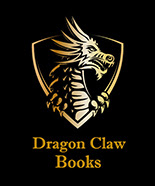



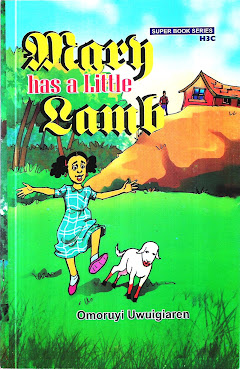
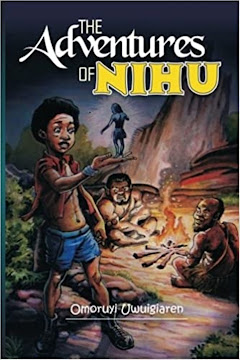


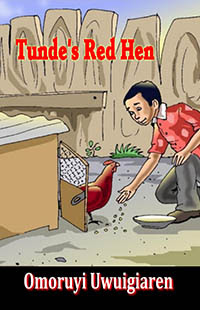
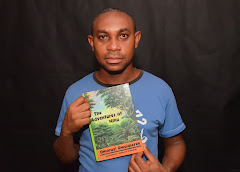
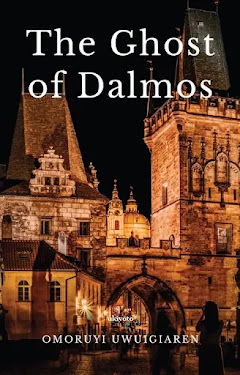


































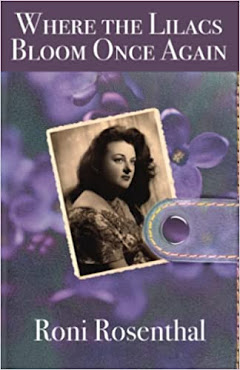
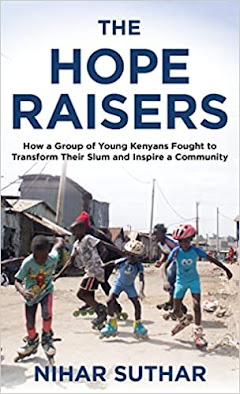
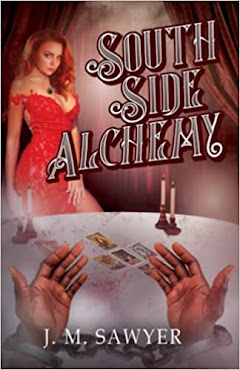

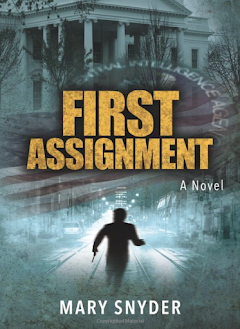

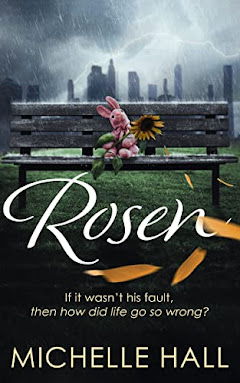


















































Nice book indeed.
ReplyDelete